To Be In Tibet
The Mandala in Tibet
Artlover238
According to the Mandala expert, Jane SINGER of Rossi & Rossi, London:-
“Tibetans became familiar with the mandala early in their introduction to Buddhist art and culture, a process begun with the first ruler of the historical period, Songtsen Gampo (d. 649). Mandalas existed at early Buddhist centers in central Asia, e.g. Dunhuang and Khotan, both frequented by Tibetans during the eighth and ninth centuries.
Sketches of mandalas are found in the eighth through tenth century Dunhuang manuscripts which are among Tibet's earliest written records.Samye , Tibet's first monastery founded ca. 779, was based on the architectural principles of a three-dimensional mandala, reportedly following the plan of Uddandapura monastery in eastern India.
Tibetan paintings on cloth (thang-ka) dating as early as the eleventh or twelfth centuries feature highly complex mandalas. Mandalas adorned the murals at early Tibetan sanctuaries, including Tabo (ta-pho, founded late tenth century; its murals dating probably to mid-eleventh century), and Alchi (al-chi, founded ca. 1200).
At Sakya monastery, extensive cycles of mandalas were painted between 1280 and 1305.Also adorned with ambitious cycles of mandalas are Shalu (zha-lu, founded ca. mid-eleventh century; mandalas dating to ca. early fourteenth century), and Gyantse . Founded ca. 1429 but destroyed, Ngor monastery was for centuries associated with magnificent painted mandalas, unsurpassed in iconographic complexity and aesthetic achievement.
Much of the mandala's iconography and its associated liturgy are contained in texts known as tantras. Etymologically, tantra signifies a process of weaving or bringing together, reference to the process by which an individual undergoes psychic transformations, eventually leading to full enlightenment. Earlier Mahayana Buddhist literature had emphasized the bodhisattva, one who strove to assist others in the attainment of enlightenment and whose religious career was often described as prajnaparamita, "the perfection of wisdom," for it involved the cultivation - over many lifetimes - of wisdom, compassion, generosity, and similar qualities. Tantric texts, in contrast, promise spiritual liberation in this very life or in a few lifetimes, through highly sophisticated yoga practices.”
But if you are like me, not too religious but artful; you could feast your eyes on these icons of Tibetan art that used to send these monks into deep trance. Hey, you’d never know; if you keep focusing your eyes for long enough; you’d reach your Nirvana too!

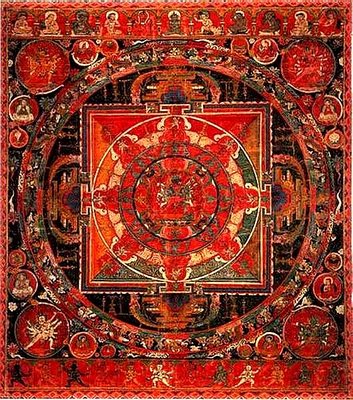


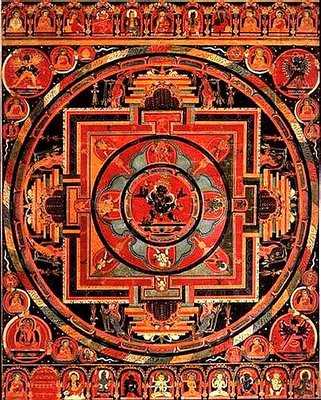
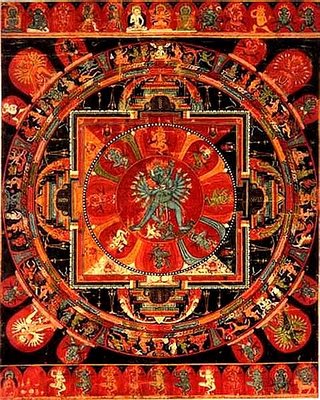
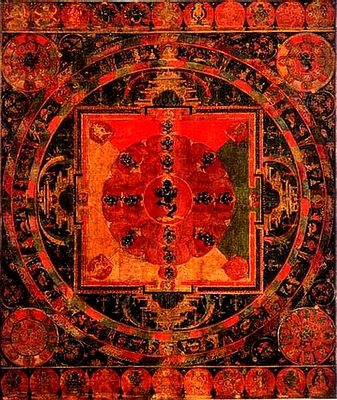
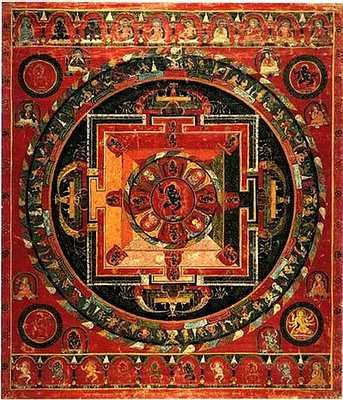


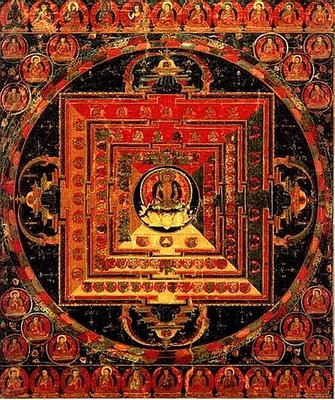
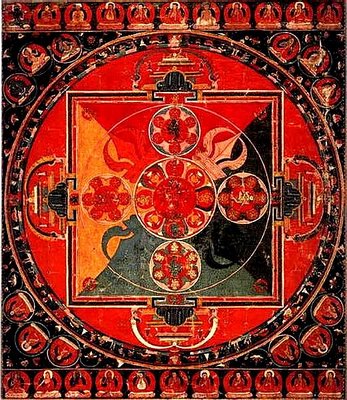
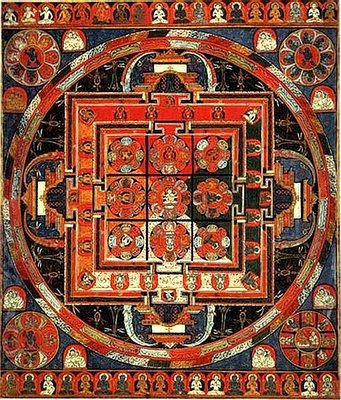
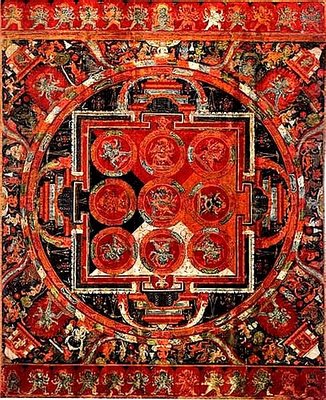

0 Comments:
Post a Comment
Subscribe to Post Comments [Atom]
<< Home